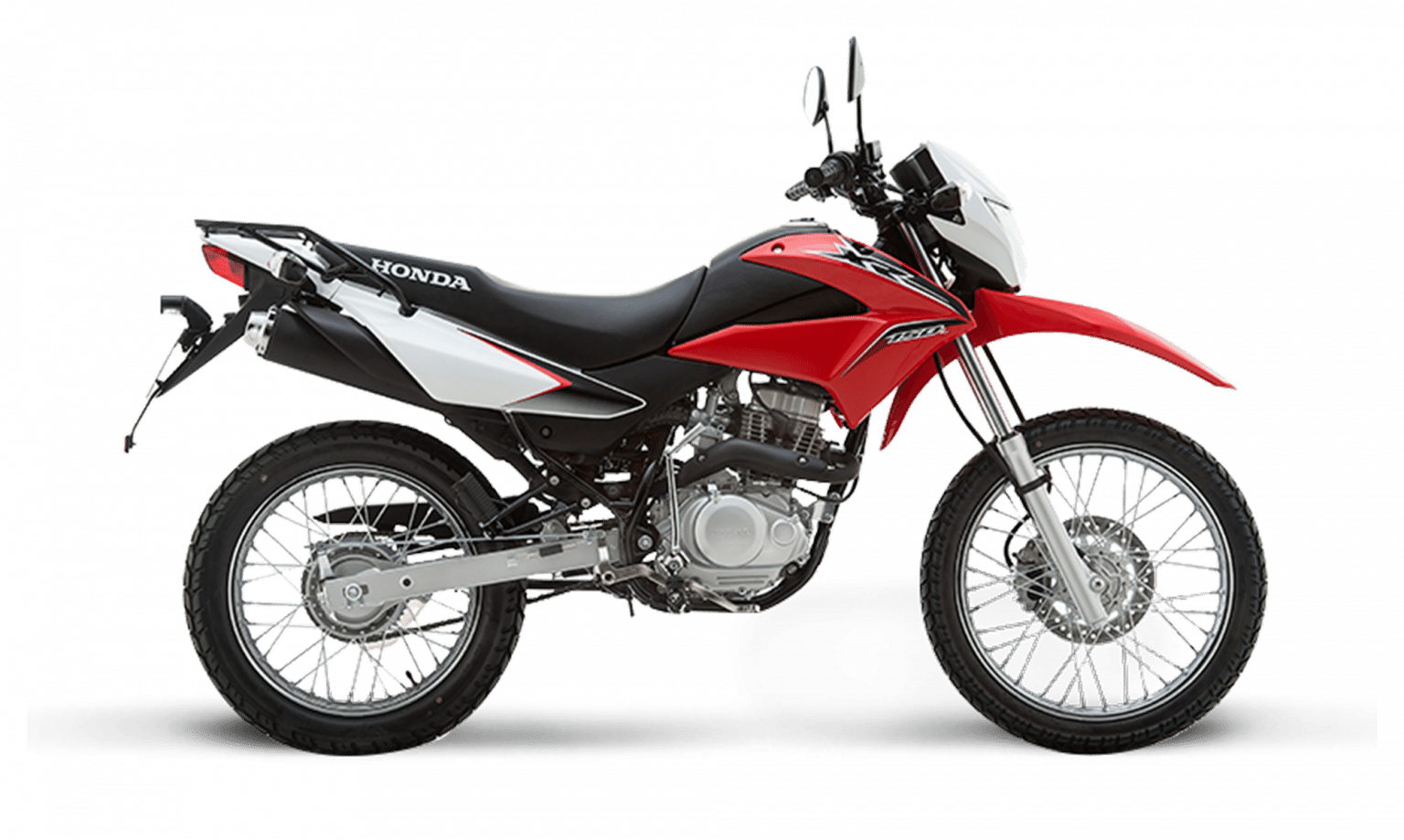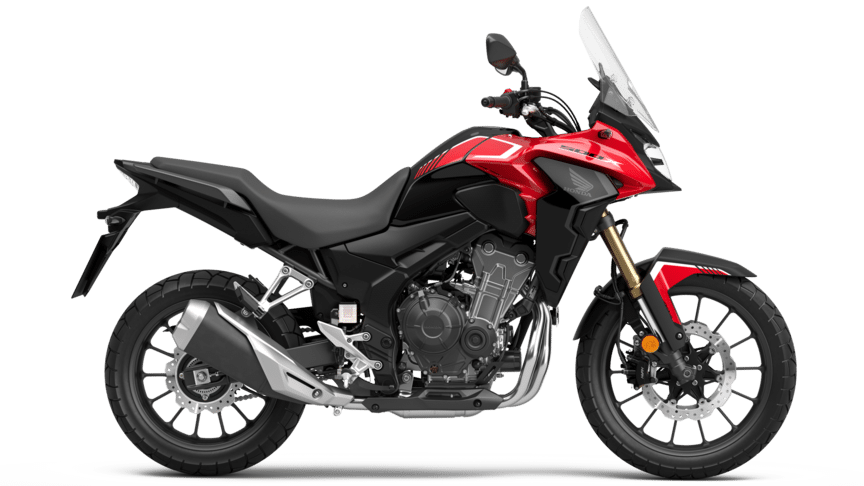Reasons To Visit Vietnam
A visit to Vietnam may seem like a crazy idea to some. However, in the last 20 years, the countries economy has grown incredibly. And as a result, millions of travelers are now flocking every year to experience what the country has to offer.
Due to Vietnam’s recent history, many still associate the country with war. Which means some will sadly rule out visiting the country entirely. This should not be the case.
Vietnam is a country which in the last 25 years has opened its doors to welcome travelers from all over the world. Doused in beauty, history, religion, and culture, it truly is a destination with a specific charm. And a charm that cannot be experienced anywhere else in the world.
There are hundreds of different reasons to visit Vietnam. Ranging from giving high fives to locals on the border of China to cruising through coconut palm trees along the Mekong Delta on the back of a small boat. Vietnam truly is a country that has an experience for all.
We could write over a hundred reasons why we think you should visit Vietnam. But, it would just be too long to read. In which case, for this post, we will explore our top 5 reasons for loving life in Vietnam. And why we think everyone should take the time to visit.

What to Expect From a Visit to Vietnam
Firstly, we will begin by looking at traveling through Vietnam, the best methods and routes for making the most of the country as well as exploring budget and efficiency to ensure travel is simple.
Secondly, we will explain Vietnam’s diverse and ever-changing weather. Looking at the best times to visit specific areas of the country and how Vietnam’s weather can be one of the countries best draws.
Next, we will look at visiting Vietnam’s capital city, Hanoi. Taking into consideration what the city has to offer and how it compares to other major cities such as Ho Chi Minh and Da Nang. And explaining why having three major cities can be a motive to visit.
Following that, we will divulge in some of the best aspects of Vietnamese culture and Vietnamese people. Looking at how experiencing life in Vietnam should be the main aim of your trip.
Finally, we will consider budgeting for a trip around Vietnam and ways in which you can experience life as a local as well as a life of luxury at a very affordable price.
Vietnam Travel
Vietnam is a surprisingly huge country. Visitors choose to spend anywhere between one week to three months exploring what the country has to offer. Being long and thin, the country is spread across three main regions; north, central and south.
Many visiting the country for at least two weeks will make the journey from north to south by motorbike or vice versa. Those that choose to do this are able to experience really how diverse the country is. Exploring mountainous regions in the north and vast flat deltas in the south.
Traveling up and down the country might seem like it could be expensive. However, this is certainly not the case. With internal flights as little as $30 per person between regions, it can be very affordable.
Vietnam is well connected by ALL methods of transport.
Train
The main train line connects the north and south with a regular timetable. Journeys are often long due to the countries size, so the trains in Vietnam are rather different from what you might be used to.
It is not uncommon for a train journey in Vietnam to last for over 6 hours and through the night. In order to cater to this, each train has a number of sleeper carriages where travelers can tuck up for a bit of sleep. You can’t beat that! Because of this, travelers are given the opportunity to maximize their time in Vietnam. Traveling through the night means visitors can spend their days at different destinations and evenings snoozing to the sound of the train tracks.
Bare in mind, there is only one main train line, which means train tickets can sell fast. Book well in advance to ensure your space on the train. Click here to book tickets online.

Bus
Much like trains, buses also come equipped with beds. Sleeper buses run regularly up and down the country and often through the night. Connecting almost every main destination in the country, which means you’ll never find yourself stuck in one place.
Bus tickets in Vietnam are possibly the cheapest option for travel. They available to buy online and on the bus so there is no real need to book in advance.
All hostels and hotels will be able to provide you with a timetable and are usually able to book a seat for you.
Plane
Domestic flights in Vietnam are very affordable. Flying between the three main cities can cost as little as $30. When traveling long distances, such as Hanoi to Ho Chi Minh, flying is your most efficient mode of transport.
Depending on how long you have in the country, a plane is definitely your best option for getting from A to B.
Motorbike
Finally, our favourite option for travel is by motorbike. From the second you step off the plane, it’s evident that almost every man (and his dog) gets around by motorbike. The roads are literally filled with them.
As a result, traveling by motorbike in Vietnam is really quite simple. Rental is available across the country and it is not uncommon for visitors to drive the full length of it. The roads may seem daunting at first, but once you pick up the Viet way, it’ll all start to make sense!
Rent A Bike has stores in all three main cities, making exploring each region an easy task. And for those who are nervous, we also provide training and ongoing support. Read more about our services here and fire us any questions you may have.
When visiting Vietnam we suggest you take the time to explore at least some of it on two wheels. We promise it will not disappoint.
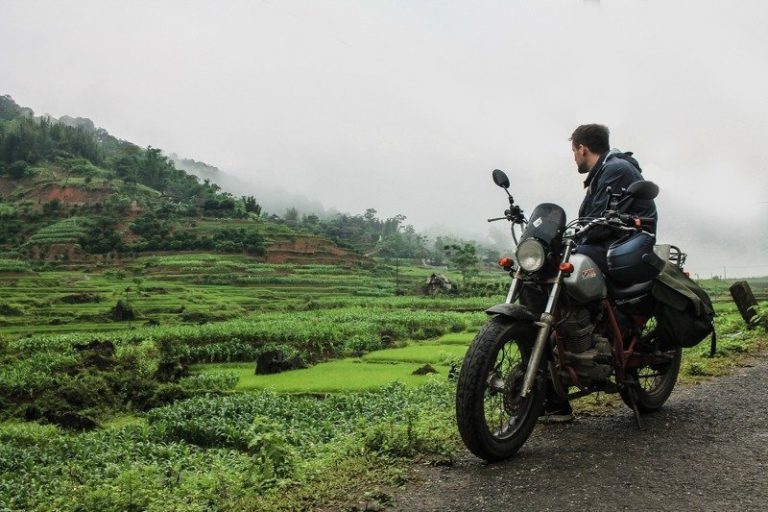
Our Top 5 Reasons Why You Should Visit Vietnam
1. Vietnam's Weather
The weather in Vietnam is as diverse as the landscape. Due to the countries size, the weather in one region can be entirely different from that in the next. As a result, it is important to consider the weather before visiting. Despite the weather being a challenge at times, we truly feel it is a reason to visit Vietnam. There will be clear skies and sunshine somewhere in the country all year round!
Weather in the North
The weather in the north of the country changes greatly throughout the year. Unlike the south, which has all-year-round heat, the north experiences 4 seasons. The winter months can be cool and the summer months extremely hot. To make the most of visiting the north, it’s best to visit during autumn or spring.
During the months of December to March, the north can be rather cold and grey with persistent light drizzle. Temperatures can drop to as low as 10 degrees and average at around 15. And during the months of May to September, temperatures can reach as high as 36 degrees and average at around 30. During this time, humidity and rainfall are high. Which means traveling can be very uncomfortable.
The best time to visit the north of Vietnam is during the months of September to November or April to June. Rainfall during this time is low and you can expect to experience clear skies and moderate temperatures.
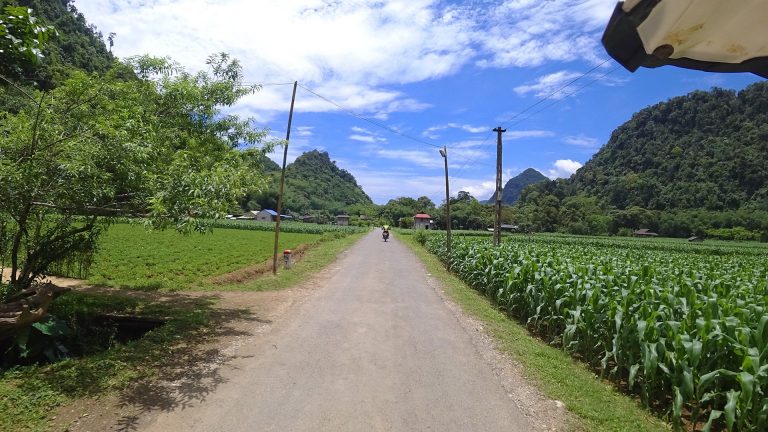
Weather in the South
The south of Vietnam is hot pretty much all year round. Baffling as this may sound given the north varied weather conditions, temperatures down there only range between 26-33 degrees.
However, it’s still important to take the rainy season into consideration. Rainfall in the south is extremely high during the monsoon season. It is not uncommon for skies to be clear one minute and the streets to be flooded the next. The summer months of July to September can be challenging for the south.
Despite the fact that rainfall is heavy, it often passes quickly. Leaving the air cooler and the sky clearer. Not to mention how impressive storms can be!
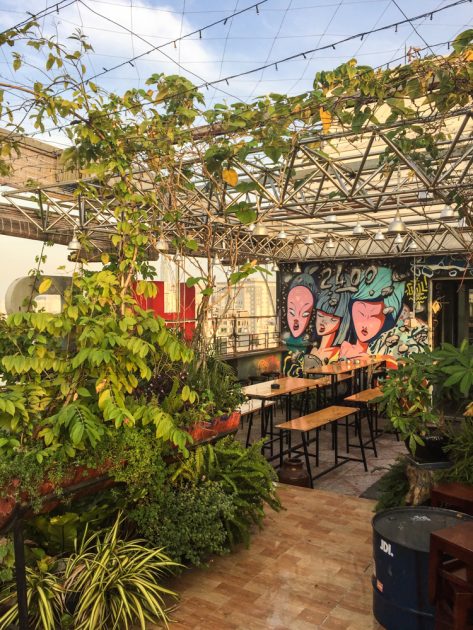
2. Vietnam's Three Major Cities
Hanoi: Vietnam's Capital
Hanoi sits proudly in the north of Vietnam and should be added to anyone’s itinerary. As the countries capital, the city is packed with culture and charm. The small bustling streets are enough to have any visitor in awe of the city buzz. Spanning only 3,228km squared, the city has an impressive population of 7.6 million.
When visiting Hanoi for the first time, visitors are thrown into the Viet way of life. You will find yourself amazed by the cities beauty and busyness. When walking in the cramped, winding streets; dodging motorbikes at every turn and almost tripping over tiny stools, it’s hard not to feel overwhelmed. However, despite this sensory overload, you will soon find yourself sitting on a tiny stool and dining on a steaming bowl of Pho.
The city has an endless number of things to do and experience – simply walking down a street in the Old Quarter is just one of them. From drinking a traditional egg ca phe overlooking the vast West Lake to wandering around the ancient Temple of Literature, there truly is something for all. It is easy to spend up to a week in Hanoi and still not experience everything on offer.
However, for those passing through we have put together a guide to make the most of Hanoi in one day. Things to See in Hanoi: 1 Day Itinerary
The weather in Hanoi varies greatly and it is important to check the weather prior to visiting. With four seasons, summer, winter, spring and autumn to take into consideration, the weather can be a challenge when visiting the north. The best time to visit Hanoi is during autumn or spring. This is when the region experiences it’s the lowest rainfall and most moderate temperatures.
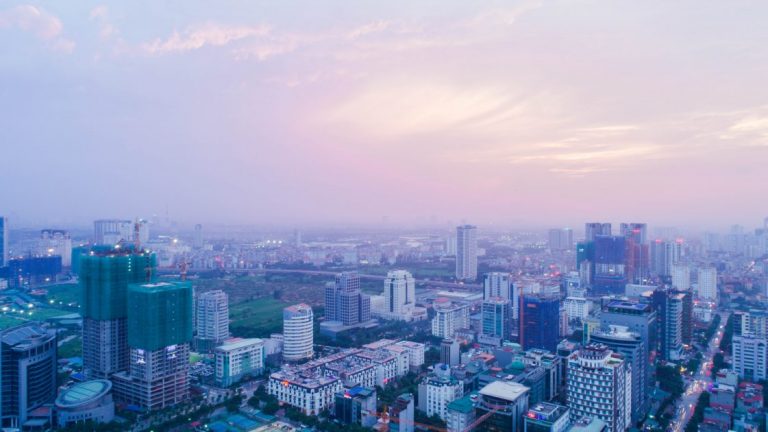
Ho Chi Minh City
Visiting the capital of Hanoi aside, there are also two major cities that should not be missed when visiting Vietnam. Ho Chi Minh is one of them. Many often assume Ho Chi Minh City is the countries capital due to its sheer size. Considerably bigger than Hanoi, Ho Chi Minh has a completely different feel to that of the capital.
Spread across 19 districts, Ho Chi Minh feels a lot more spacious than Hanoi. Roads in the city are wide and have a much more western feel. Due to this, there are more cars on the road. Buildings are taller than they are in Hanoi and overall are much newer, giving the city a modern feel.
Located in the south of the country, Ho Chi Minh City has a much more liberal feel than Hanoi and appears to be more relaxed overall. Those who decide to visit both cities in Vietnam will find themselves experiencing Vietnam at it’s finest. Gaining the ability to compare how diverse Vietnam can be.
The weather in the south varies much less than the north, experiencing only two main seasons, wet and dry. Rainfall in the south is heavier and often quicker which means the streets in the city can be flooded in seconds. Despite this, temperatures remain similar all year round and don’t drop below 25 degrees. The best time to visit Ho Chi Minh is during the months of October to April when the south experiences it’s the lowest rainfall.
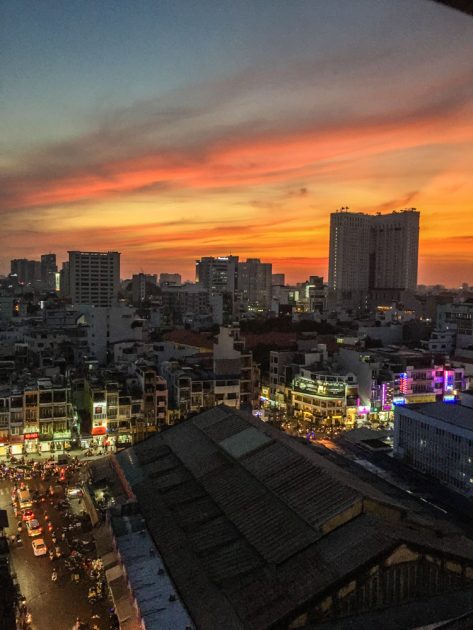
Da Nang
Found at the very center of Vietnam, the city of Da Nang sits on the coast. This major but smaller city has only a population of 1.2 million. A popular holiday destination for Vietnamese and foreign tourists alike, Da Nang offers a coastal escape for all. Again, the city has an entirely different feel to Hanoi and Ho Chi Minh, offering visitors a chance to experience Vietnamese life by the sea.
Due to it’s location, visitors are able to experience numerous surrounding attractions. Such as Hoi An, My Son, Hai Van Pass, and the Marble Mountains. To read more about what to do whilst staying in Da Nang, read our Top 10 Things To Do in Da Nang post.
Despite it’s surrounding attractions, Da Nang is also an incredible city to visit and enjoy time by the beautiful white sanded coastline. With an endless number of hotels and resorts, it is possible to experience a 5-star retreat at an affordable price.
Da Nang’s weather can vary considerably year to year, so choosing the best time to visit can be a challenge. Often the city can be cooler during the winter months, but much warmer than the north. Temperatures tend not to drop below 20 degrees, however, due to its coastal location it can feel much cooler.
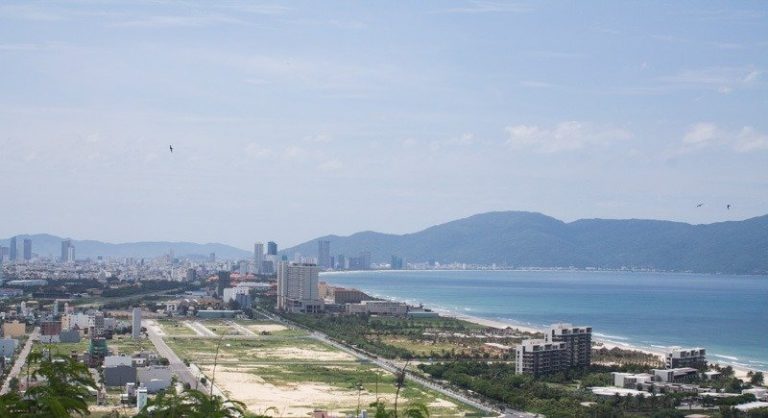
3. Vietnamese People
The Vietnamese have a very different way of life than most are used to. Given their recent and challenging history, they have demonstrated how strong and resilient a nation can be. And as a result, visitors can expect to be welcomed with open arms into a beautiful and peaceful culture.
Hospitality
Firstly in Vietnam, it is not uncommon for locals to invite you into their homes for dinner (and 10 shots of rice wine). As a nation, they’re extremely hospitable and often cannot do enough for you. If you find yourself stuck on one side of a road by a heavy flow of traffic (very common in Vietnam), we can almost guarantee that a local will ensure your safe arrival to the other side.
Religion & Belief
Secondly, those who visit Vietnam may expect to return to their homes with a newfound sense of calmness. When you’re exposed to the ease of Vietnamese culture over a period of time it is hard not to find yourself more relaxed. This slice of calm becomes evident every day when its nap time for the country. It is not uncommon to spot Viet napping on the back of their bike or in the doorway of their shop.
To add to this point, there are also hundreds of beautiful temples and pagodas dotted across the country. The main religion being Buddhist, it is not uncommon to visit a pagoda and meet local Buddhists attending the site to pray. Here locals will visit daily and on specific holidays to pay their respect to their ancestors and pray for good fortune. Each location has an overwhelming feel of calm and peace, one that should not be missed when visiting Vietnam.
This demonstration of respect for ancestors is not only in Pagodas but in their own homes. Each individual house has a shrine dedicated to the families passed loved ones. Each shrine is maintained to a high standard and is a testament to the Viet’s respect for their family’s history. At the base of each shrine you can find offerings of items their ancestors once loved by burning incense. Offerings can often consist of cookies, cakes, cigarettes and often beers!
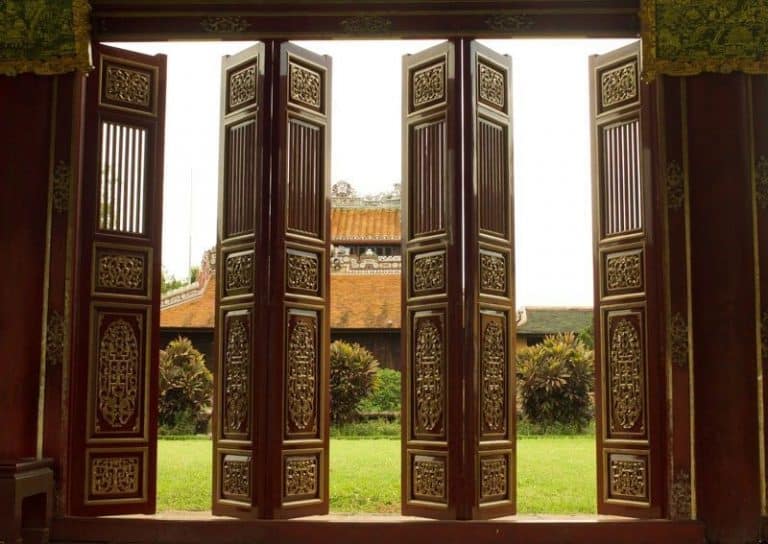
Homestays
Finally, locals have begun to open the doors to their homes in some of the most remote locations in Vietnam. Homestays have popped up across the country and as a result, homestays are possibly the best way to experience local culture in its rawest form. For example, traditional houses in remote locations in the north are often built with wood and on stilts, offering visitors a remote and traditional experience.
Homestays enable visitors to live, eat and breathe like a local. Sitting around a large spread of food with a local family chatting via google translate about day to day things. An experience that those visiting the country should not miss, and one that cannot be forgotten.
To learn more about visiting one of Vietnam’s most remote locations from Hanoi, read our Hanoi to Xuan Son National Park post.
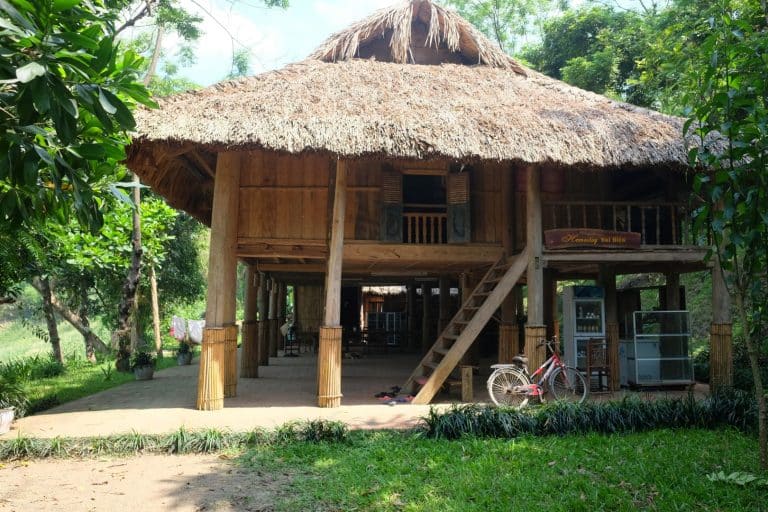
4. Cost of Living
The local currency in Vietnam is Vietnamese Dong and is only printed on notes (coins don’t exist in Vietnam and trust us, you won’t miss them). As a result, the currency is easy to manage and understand once you have got your head around the conversion of 23,000VND = $1 and 1,000,000VND = $43.
Overall, living and traveling in Vietnam is very affordable for a Western tourist.
5. Food, Drink and Accommodation
Firstly, day to day items such as meals and a beer can cost on average as little as $2 for local products. For those visiting the country on a budget, it is definitely achievable. Most street-side meals will cost between $1-$5 and are usually the best dishes Vietnam has to offer. And a street-side beer even less.
We suggest that all visitors take the time to sit on a tiny stool and embrace some of Vietnam’s finest dishes beside a busy road. There’s a certain charm to slurping on a bowl of pho and simultaneously being almost knocked off your chair by a parking motorbike.
Some of our favorite street-side dishes are Pho Bo (beef Noodle Soup), My Xao (beef and vegetable dry noodles), Ban Xeo (fresh omelet with salad wrapped in rice paper) and Bun Cha (barbecue pork and vegetable noodles).
Also, beer lovers should not miss a glass of cold Bia Ha Noi for as little as $0.30 in one of Vietnam’s many street sidebars. Welcome the attention the locals in these establishments give you and embrace the enjoyment of a beer with a stranger who you can barely converse with. We also put this nifty guide together all about Vietnamese street food in Hanoi. All these dishes have to be tried.
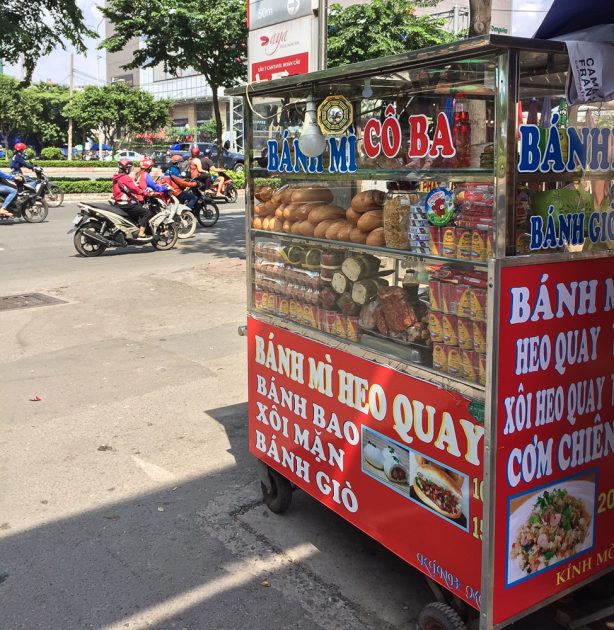
Secondly, accommodation in Vietnam can be extremely affordable across the country. Obviously costs differ depending on the standard of accommodation, however overall it’s all budget-friendly.
Staying in a hostel or a homestay can cost as little as $8. This may be a bit basic for some, however, Vietnam has a decent standard of accommodation and standards are often higher than other locations in Asia. For those wanting a night in a basic hotel, costs start at approximately $10 an evening.
For those wanting to experience a bit of luxury, high standard hotels and retreats are affordable for most. It is possible to stay in a luxury establishment for as little $70.
Booking accommodation in Vietnam is also simple. Most accommodation can be booked via online booking sites or contacted via google with a bit of research.
In Summary
In this post, we have condensed all of the things we love most about Vietnam. Visiting Vietnam should be something we believe everyone should do. With such a diverse culture, landscape and atmosphere, there truly is something for everyone.
We strongly believe visiting Vietnam is something that everyone should do. We hope you love it as much as we do!












